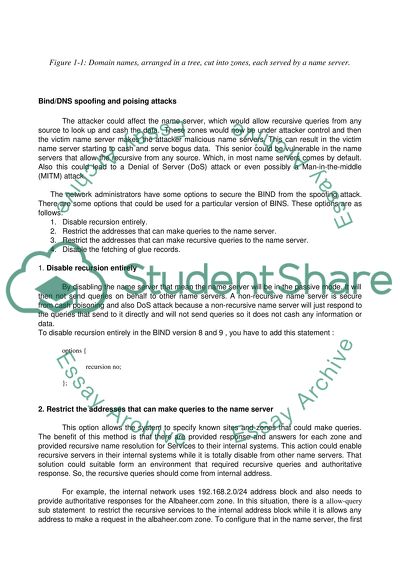Cite this document
(Berkeley Internet Name Domain Spoofing Attack Assignment, n.d.)
Berkeley Internet Name Domain Spoofing Attack Assignment. https://studentshare.org/information-technology/1516566-binddns-spoofing
Berkeley Internet Name Domain Spoofing Attack Assignment. https://studentshare.org/information-technology/1516566-binddns-spoofing
(Berkeley Internet Name Domain Spoofing Attack Assignment)
Berkeley Internet Name Domain Spoofing Attack Assignment. https://studentshare.org/information-technology/1516566-binddns-spoofing.
Berkeley Internet Name Domain Spoofing Attack Assignment. https://studentshare.org/information-technology/1516566-binddns-spoofing.
“Berkeley Internet Name Domain Spoofing Attack Assignment”. https://studentshare.org/information-technology/1516566-binddns-spoofing.


